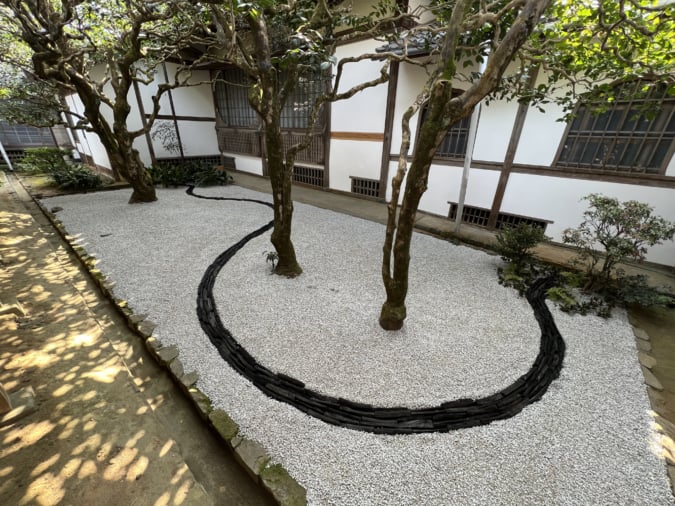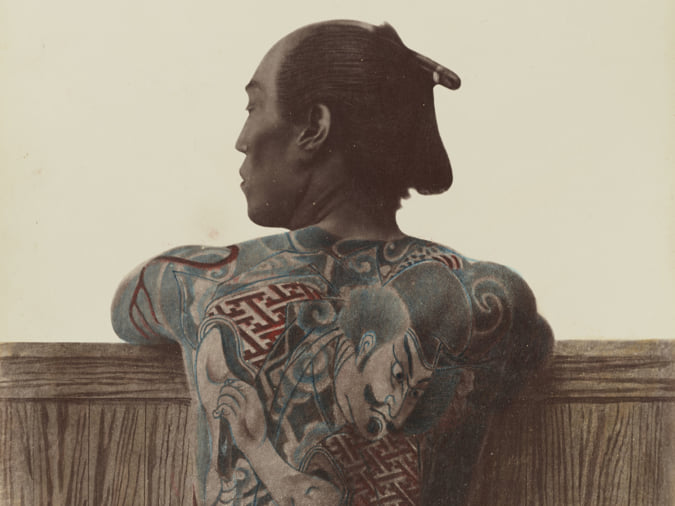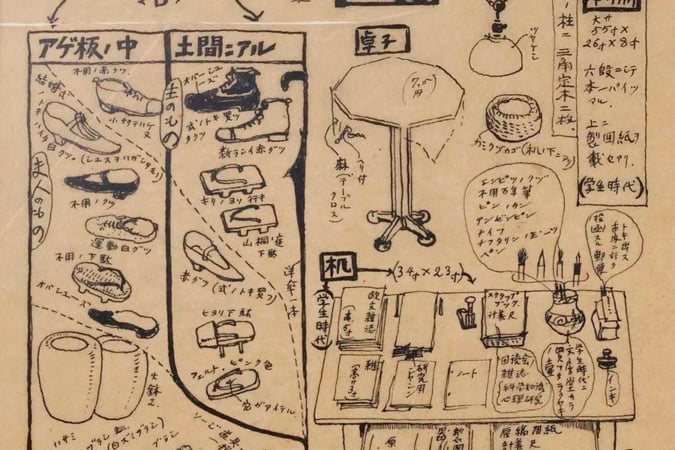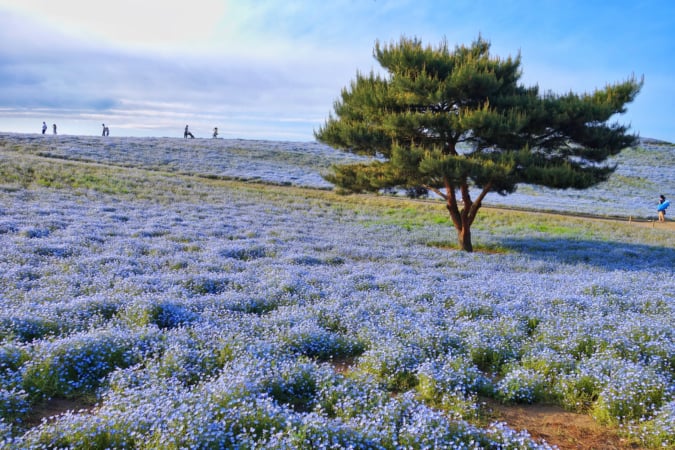‘World Without Words’, a Mise-en-Abyme of Language
In this collection of poems, Ryuichi Tamura, a major figure in contemporary Japanese poetry, examines language and its violence.
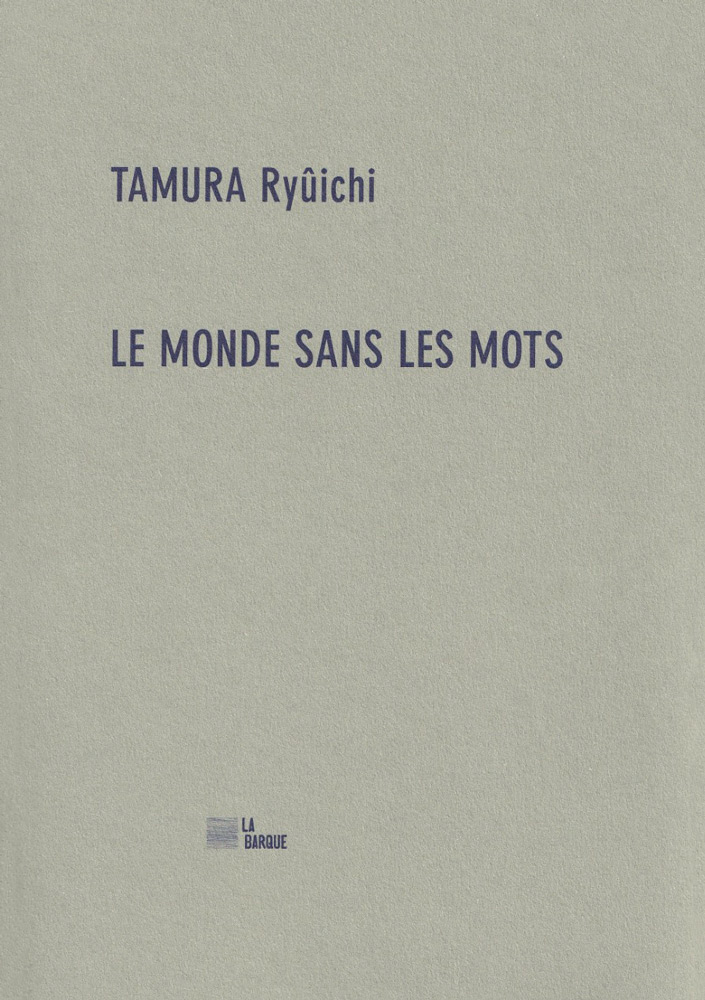
© La Barque
‘My poetry is a simple thing’, Ryuichi Tamura declared in one of his poems. A simple thing that, in the collection World Without Words, achieves an incredible feat: sketching the outline of a world without words, while using the latter to do so.
Ryuichi Tamura is one of the most important figures in contemporary Japanese poetry. Born in 1923, he graduated from the literature department at Meiji University in Tokyo, where he met students and poets with a close interest in modernism.
He enrolled in the Imperial Navy in 1943 and returned to his first love of literature four years later when he revived Arechi, a literary magazine. Thus, he got involved in poetry, in parallel to working as a translator of English language novels, including the works of Agatha Christie, and, in the space of a few years, became one of the figureheads of contemporary Japanese poetry.
A collection of his first works
Ryuichi Tamura constructs his poems around themes that are prevalent throughout his body of work: violence, survival and language. The poet addresses semiology, the use of language to create meaning. However, he counteracts the tough nature of his favourite subjects with the description of a procession of creatures in which animals and plants try to re-establish the shape of a world where language sacrifices nothing.
The Four Thousand Days and Nights (1956), World Without Words (1962) and A Green Thought (1967) were his first works and are included in the collection World Without Words, with the addition of two other long poems: ‘Perishable substance’ and ‘A study of fear’.
World Without Words (1971), a collection of poems by Ryuichi Tamura published by Ceres Press.
TRENDING
-
A Rare Japanese Garden Hidden Within Honen-in Temple in Kyoto
Visible only twice a year, ‘Empty River’, designed by landscape architect Marc Peter Keane, evokes the carbon cycle.

-
Colour Photos of Yakuza Tattoos from the Meiji Period
19th-century photographs have captured the usually hidden tattoos that covered the bodies of the members of Japanese organised crime gangs.

-
Recipe for Ichiraku Ramen from ‘Naruto’ by Danielle Baghernejad
Taken from the popular manga with the character of the same name who loves ramen, this dish is named after the hero's favourite restaurant.

-
Modernology, Kon Wajiro's Science of Everyday Observation
Makeup, beard shape, organisation of cupboards and meeting places: all of these details decipher 1920s Tokyoites.

-
Hitachi Park Offers a Colourful, Floral Breath of Air All Year Round
Only two hours from Tokyo, this park with thousands of flowers is worth visiting several times a year to appreciate all its different types.

